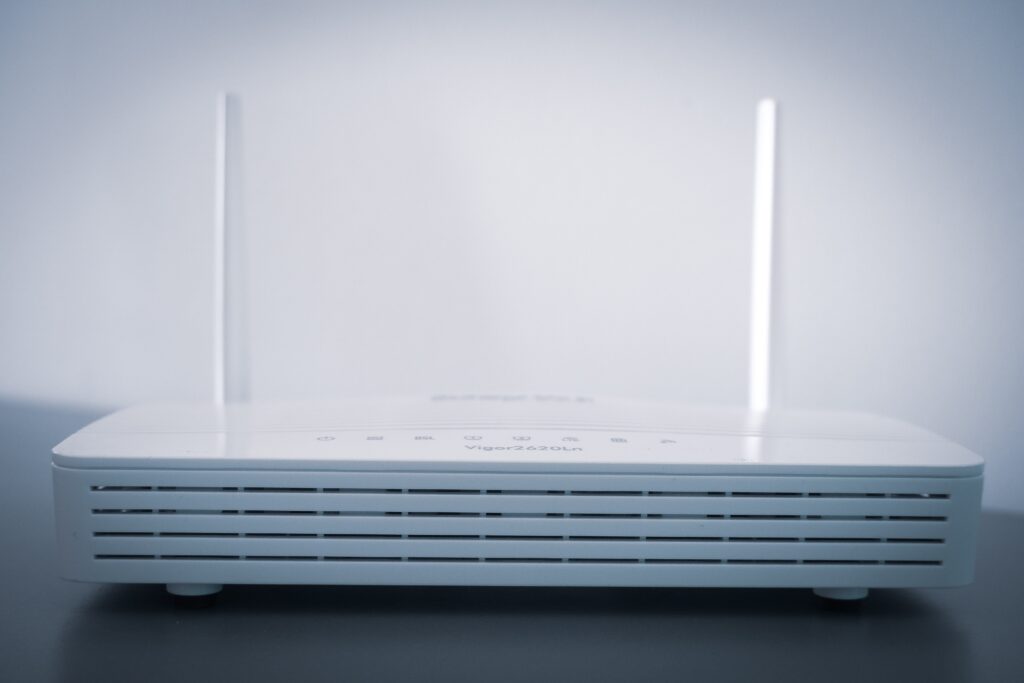Port forwarding is used on a router to direct incoming network traffic to a specific device on a private network, such as a computer or server. This allows remote access to services such as web servers, FTP servers, and gaming servers hosted on the device, making it accessible from anywhere on the internet. This way, it enables you to access your device from anywhere and makes it more secure by forwarding the traffic to the specific device.

Pros of Using Port Forwarding on your Router:
- Allows external devices to connect to a server or host a service on your network.
- Improves the performance of certain online games and applications.
- Can help troubleshoot connectivity issues.
- Enables you to access your device remotely over the internet.
- Helps to secure your network by forwarding traffic only to specified ports and devices.
How to activate port forwarding on the router:
Here are the general steps to activate port forwarding on a router:
- Access the router’s web interface by typing the IP address into a web browser and entering the admin login credentials.
- Look for the port forwarding option under the “Advanced” or “NAT” settings.
- Add a new port forwarding rule, specifying the protocol (TCP or UDP), the internal IP address of the device you want to forward the ports to, and the port range you want to forward.
- Save your changes before exiting.
